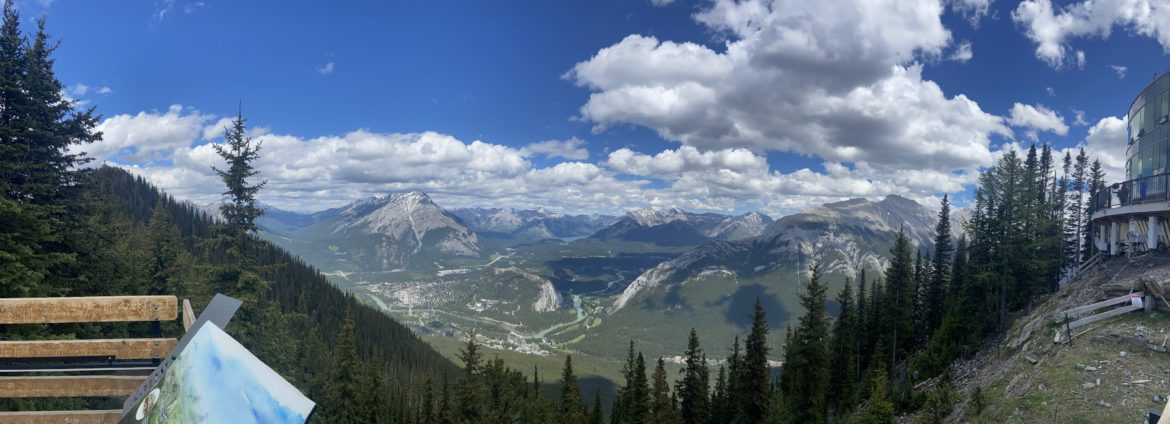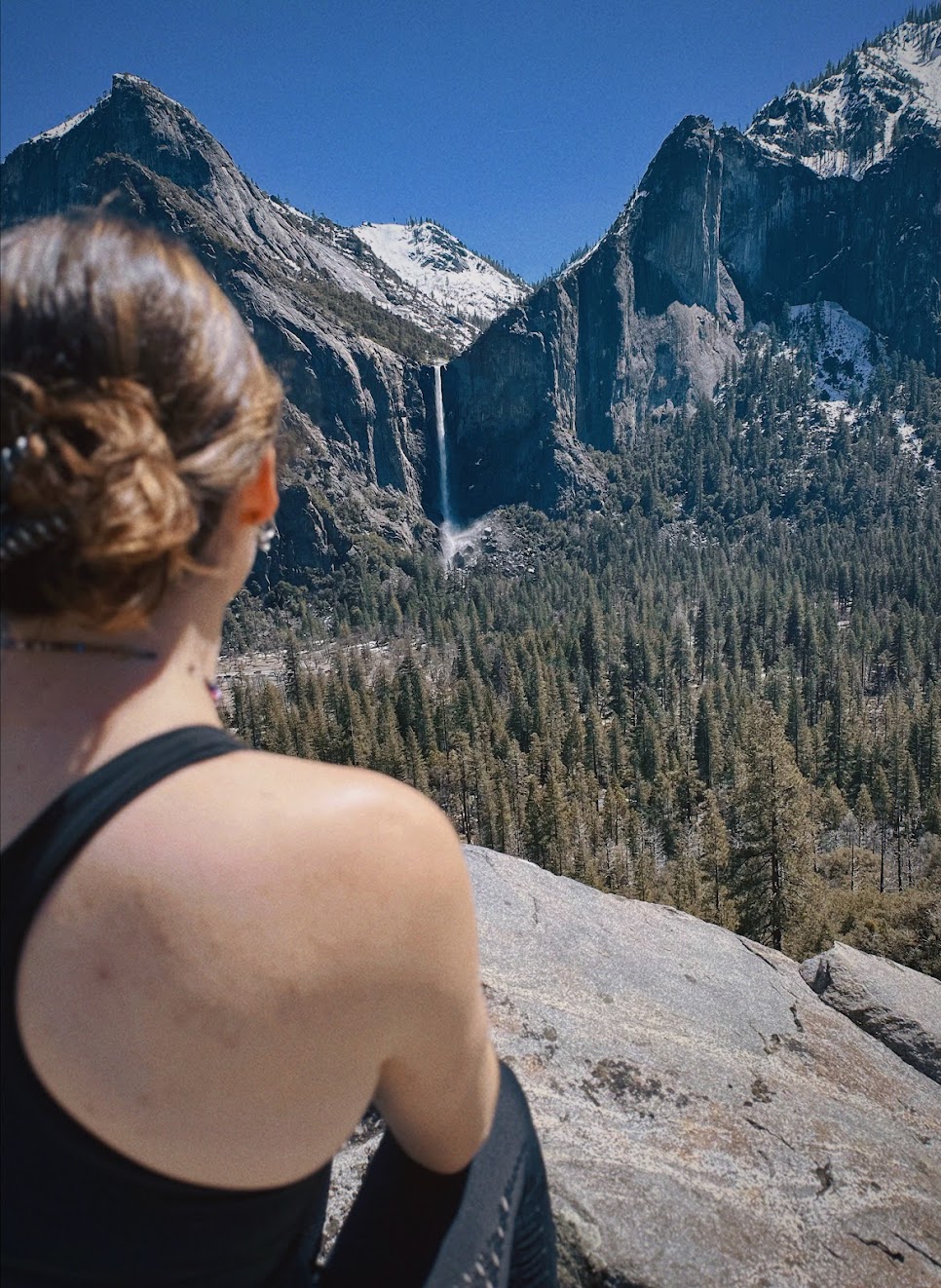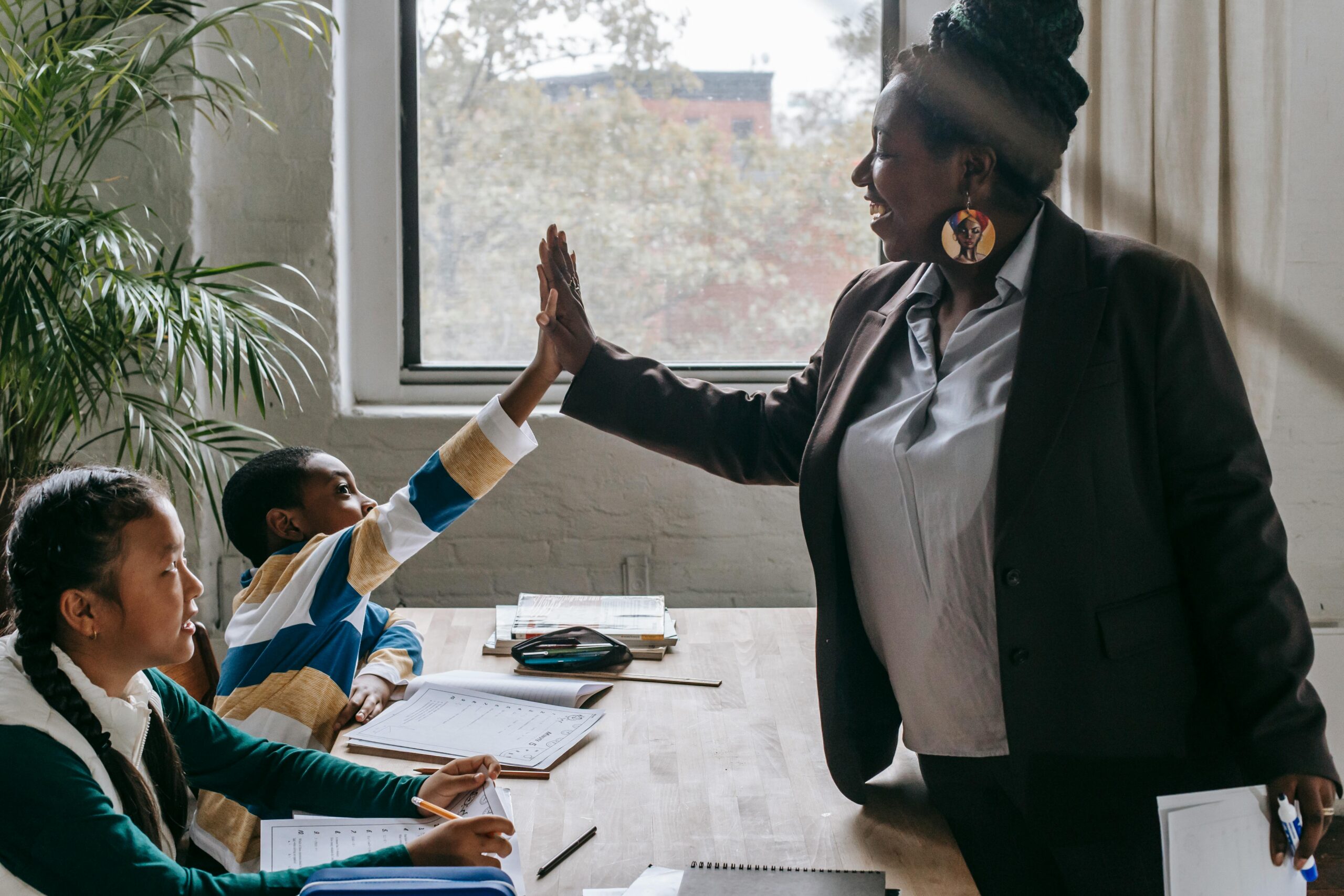You’re given 24 hours to explore Banff in Alberta, Canada. What do you do? And how do you stick to your travel budget? I’ve got the answers. Specifically, my friend and I spent an amazing 24 hours with a Banff budget and spent less than $150 USD ($200 CAD) each.
If you’re a fan of outdoor adventure like I am, there are almost too many options in Banff. Where should you go first? What are the most beautiful sights, and the most enjoyable hikes? Let’s start with the accommodations:
1. A Comfy Stay in Samesun Hostel ($84 USD, $110 CAD)


We found Samesun on Airbnb for $77 a night (plus tax), which was cheap compared to the rest of the places in Banff during the month of July. Canada is not the cheapest place in the world to travel, and Banff is definitely a tourist destination, so I’m happy with this find for our Banff budget.
As two girls traveling alone in a foreign country, my buddy and I wanted to travel cheap while also staying SAFE. Here are the highlights:
- The hostel rooms were twice secured – we received two keys at check-in – one for the stairway into the hostel, and one for our specific room. I felt very safe the entire time.
- We booked two beds in a 3-bunk (6 bed) room. Originally, we were staying in different rooms, but the front desk attendant was kind enough to move us into the same room.
- The hostel also provided free breakfast each day and served dinner and drinks at the bar in the evening. The atmosphere is welcoming and friendly, and it was fun to see such a diverse group of people (backpackers, college students, etc.) in one cozy space.
2. Bus Tickets ($15.25 USD, $20 CAD)

If you wait until the same day to buy bus tickets in Banff, I promise you will waste a lot of time waiting in line behind other tourists and travelers. Purchasing the tickets online is much easier and faster than going in person. Plus, you can save paper and ink by showing the drivers the tickets on your phone.
Use Roam Public Transit to plan out which tickets you want to buy – and use their bus map to connect your stops more efficiently. If you take a bus to Banff from Calgary with On-It Transit, like we did, it’s only $10 each way and the bus rides to everything else I am going to mention will be FREE. That includes:
- Route 1: Sulphur Mountain, Banff Upper Hot Springs, the Banff Gondola
- Route 2: Tunnel Mountain, Bow Falls
- Route 4: Cave and Basin
- Route 6: Lake Minnewanka, Johnson Lake
3. Sulphur Mountain, Hot Springs, and Lake Minnewanka
Keeping in mind our travel budget, my friend and I stuck only to the free routes that were included with our On-It Transit ticket. This part of our Banff budget was easy to follow:
Sulphur Mountain


First, we decided to head to Sulphur Mountain. Originally planning to pay the hefty $75 CAD to ride the gondola up, we spontaneously decided that we could hike up the mountain instead – best decision ever.
The hike took about 90 minutes one way, covering just under 3.5 miles (5.5 km) and about 2,400 ft (744 meters) in elevation gain. It was a bit challenging for two girls from Texas, but if you’re used to the mountains, you’ll be more than fine.
At the top, we spotted grazing mountain goats and a 360-degree view, with the tiny town of Banff and Mt Rundle on one side and Sundance Peak on the other.
Banff Upper Hot Springs
After hiking back down the mountain, we were ready for a break. The Banff Upper Hot Springs are right next door (you don’t need to take the bus) and cost $9.25 CAD per person, plus $3.25 for a locker and towel, which adds another $12.50 to the cost.
The Banff Hot Springs is of the must-do things if you want to treat yourself after your adventures. They are perfect for resting your muscles after a long hike (like we did) or a day skiing.
After the hot springs, you can either go explore the main street on Banff, which is full of good food and shopping, or you can try to squeeze in one more trip. I recommend Bow Falls and even the supposedly haunted Banff Springs Hotel.
Lake Minnewanka

The last location I was able to visit on this trip was Lake Minnewanka.
Lake Minnewanka is a glacial lake, making the water very blue and very clear. It is a popular location for picnics, fishing, mountain biking, hiking, canoeing/kayaking, paddle boarding, diving, and snowshoeing.
The Lake Minnewanka to Devil’s Gap trail is a great choice during the summer seasons (it’s generally snow-free and dry from May ’til September). The Cascade Trail at the Lake is popular for wintertime cross-country skiing.
My friend and I chose a short hike and picnic at this location, as we had to stick to the bus schedule in order to get back to Banff in time for our departure. I would encourage you to put aside at least 5 hours (including the bus ride) in order to fully enjoy the lake and a hiking trail in the area.
4. Banff Budget Food
Now this is mostly up to you – you can pack your own food and spend nothing, or you can splurge on the fine restaurants in town. My buddy and I enjoyed a few treats in Banff (burgers, beer and ice cream) after our hiking adventures. Other than that, we ate the snacks we purchased while in Calgary.
In total, we spent around $35 CAD on food in Banff.
Total Cost: $135.5 USD ($177.5 CAD)
On the trip, I discovered how to experience a little bit of everything – all within my limited travel budget. In summary, here are a few money-saving reminders that will help you along the way.
- You can buy one bus ticket and get every other bus ride in that 24-hour span for FREE. I’m here to tell you which one gets you that amazing deal! My travel buddy and I saved a good chunk of change with this deal.
- The buses in Banff have a limited schedule, and you need to plan ahead for it. Most of the rides are 30 minutes to 1 hour long to each location, and they start and stop at certain times of the day. However, I promise – if I can make it work and have fun, you can too!
- Remember – there are places to stay that cost >$100 a night. And they’re really nice! Read more about that above.
If you use my Banff budget to plan your trip, let me know! I can’t wait to see where you go and what beautiful things you will experience.



